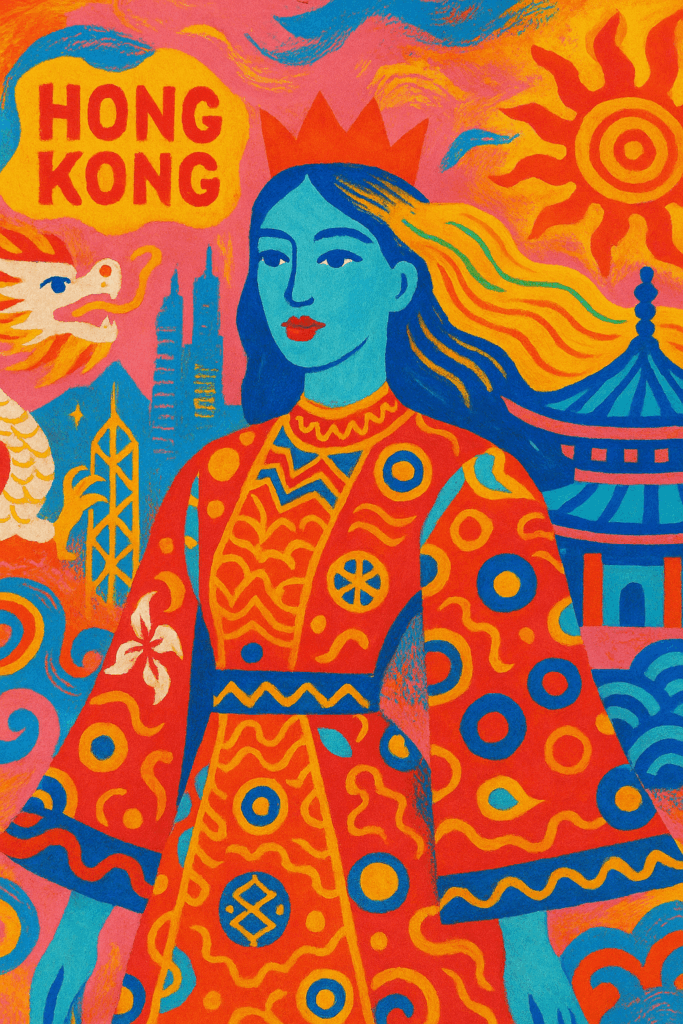Beyond Trends: Fashion as a Cultural Language
Fashion is far more than a collection of transient trends; it operates as a rich language composed of symbols that articulate cultural narratives and societal values. Giulia Rossi, a journalist and semiotician specializing in fashion communication, presents fashion as a framework for interpreting reality. Her work highlights the ways clothing and style communicate complex meanings that intersect with film, music, art, literature, and history.
Giulia Rossi: An Expert Perspective
Giulia Rossi’s research unpacks how fashion serves as a semiotic system, where every garment or accessory carries layers of cultural significance. Her interdisciplinary approach shows how fashion dialogues with various art forms, shaping and reflecting identity and cultural shifts. Rossi encourages looking beyond superficial appearances to understand the narratives woven into what we wear.
Iconic Threads: The Enduring Story of Capri Pants
The Capri pant stands as a compelling example of fashion’s cultural role. Originating in Italy in the mid-20th century, this distinctive style became emblematic of changing attitudes and social roles. Initially associated with casual domestic wear, Capri pants evolved into symbols of rebellion and elegance, notably through icons such as Audrey Hepburn. Hepburn’s embrace of this style in film and public life elevated the garment’s status, highlighting its versatility and cultural resonance.
This transformation underlines how a single clothing item can embody shifting meanings—reflecting broader historical contexts and social dynamics. The Capri pant exemplifies fashion’s capacity to communicate identity and cultural stories across generations.
Style, Identity, and Global Influence
Fashion functions as an expression of cultural identity that transcends borders. Italians, in particular, have a distinctive relationship with aesthetics, where style is intertwined with tradition, artistry, and social expression. Rossi’s insights reveal how this connection amplifies fashion’s communicative power, making each garment a narrative element in cultural discourse.
Understanding fashion through this lens enriches our appreciation of style as an intellectual and cultural phenomenon. It invites us to perceive clothing not just as decoration but as a meaningful language that reflects and shapes who we are and the societies we inhabit.




